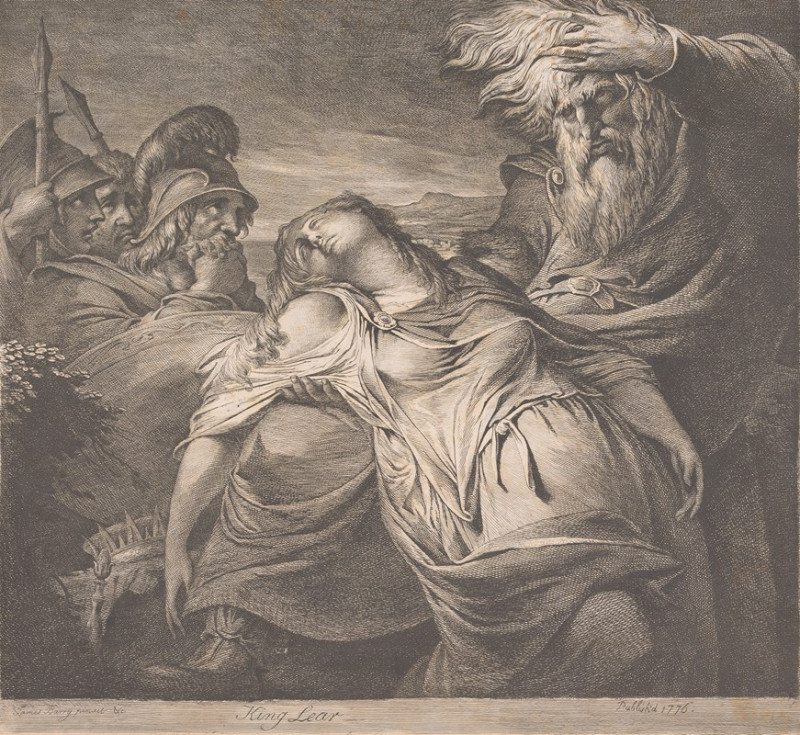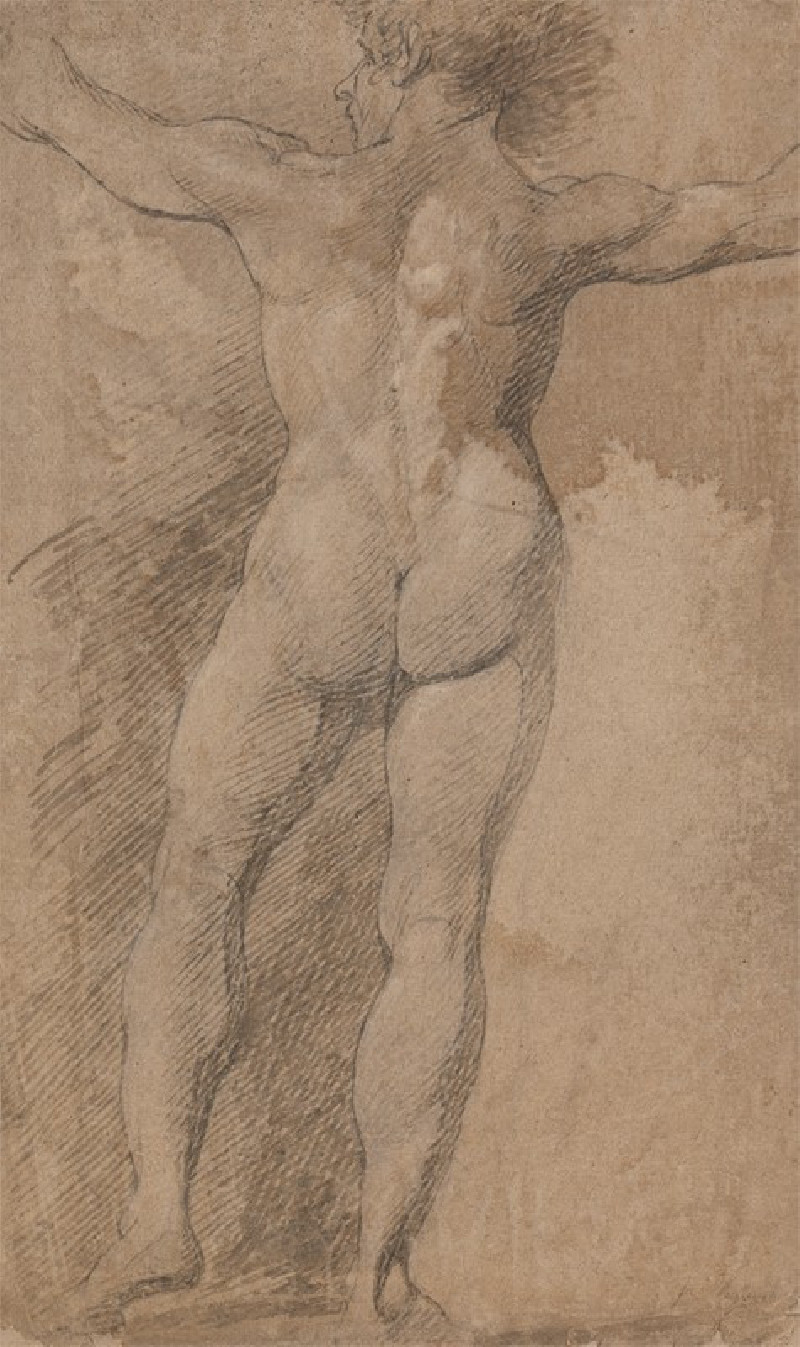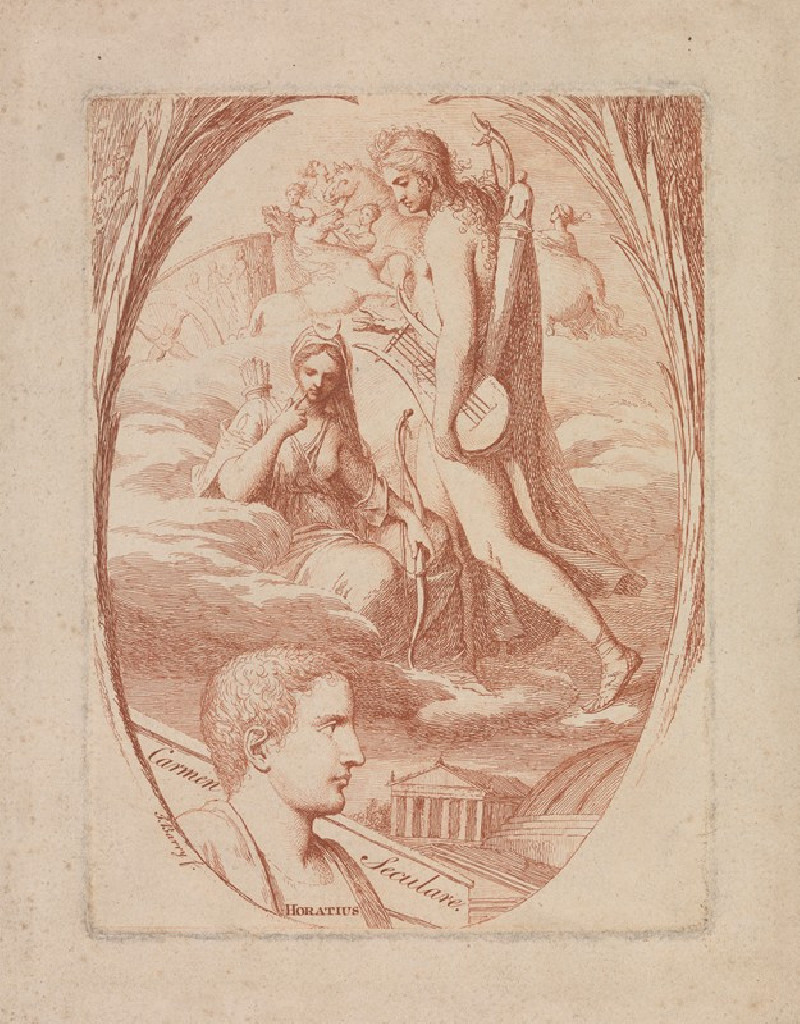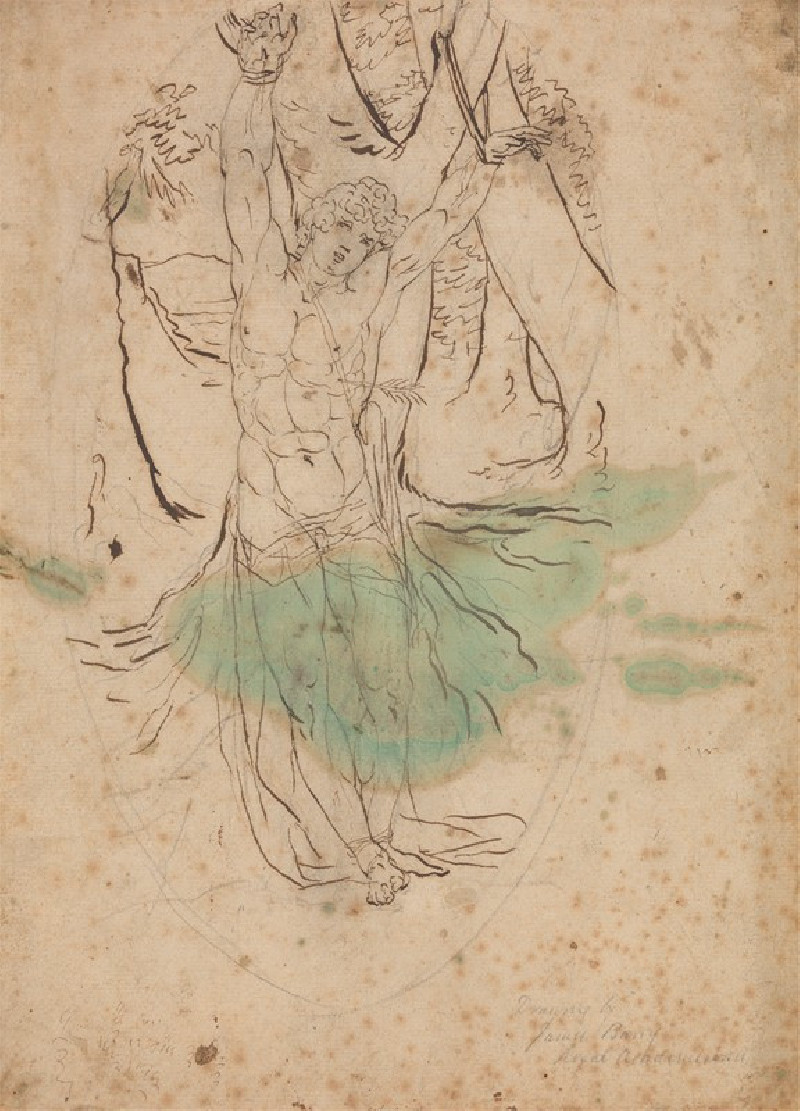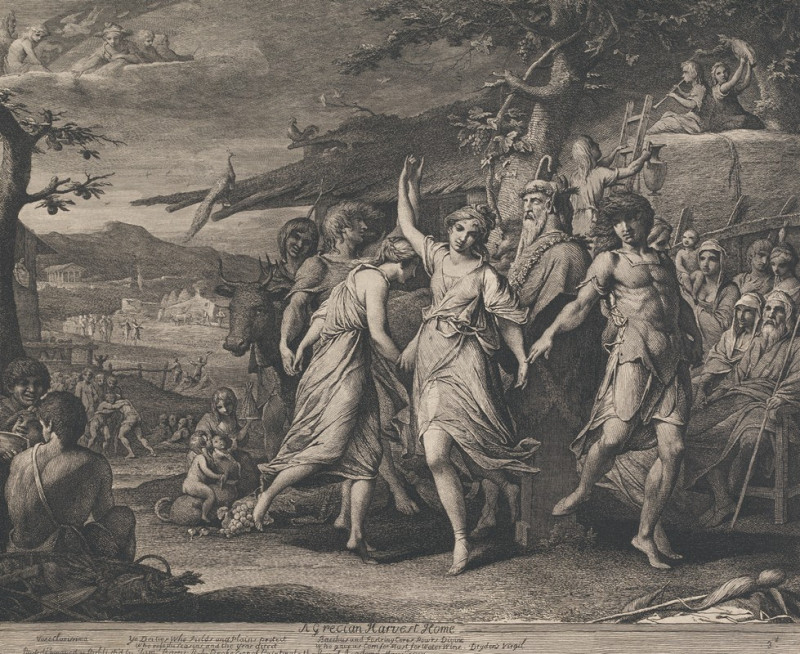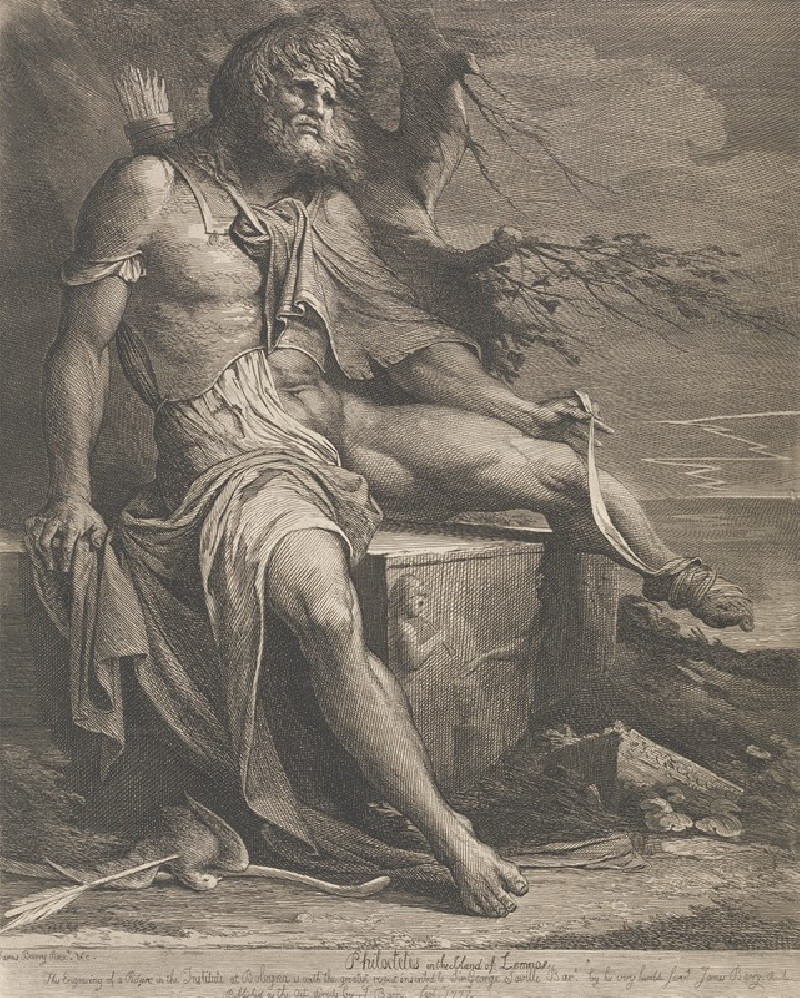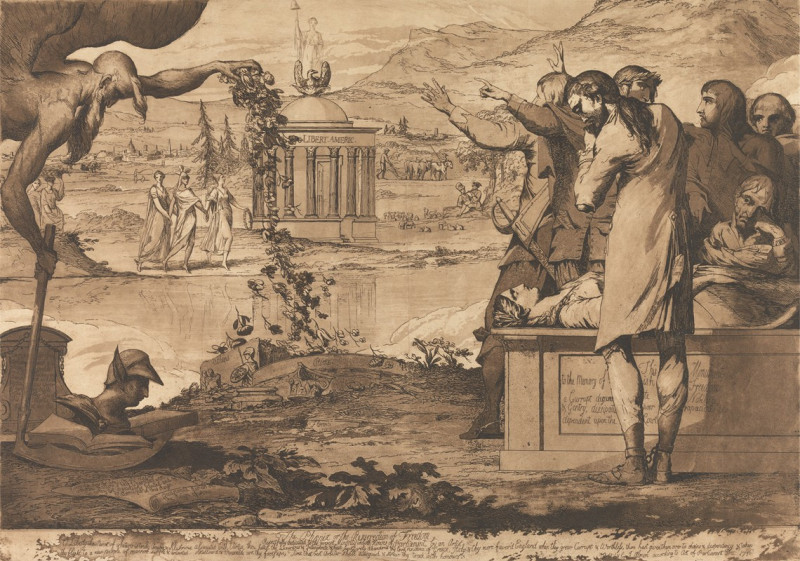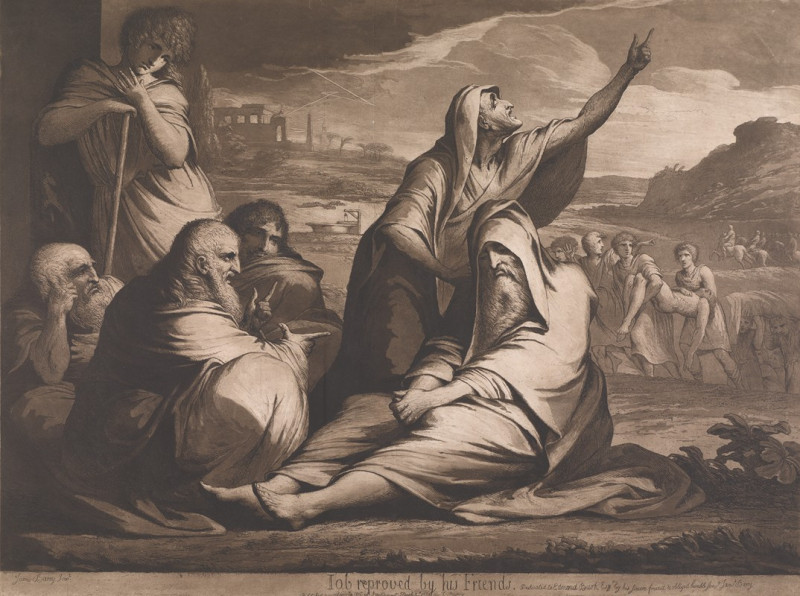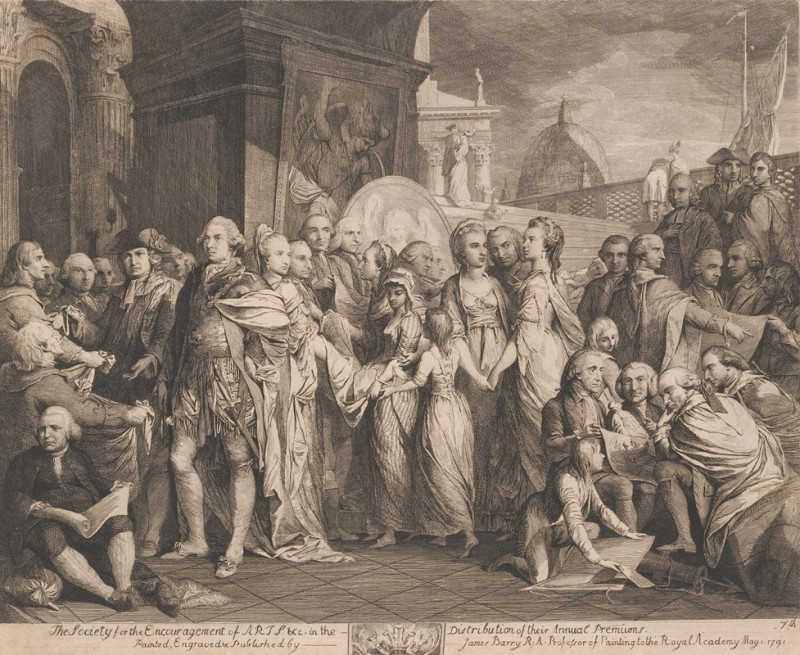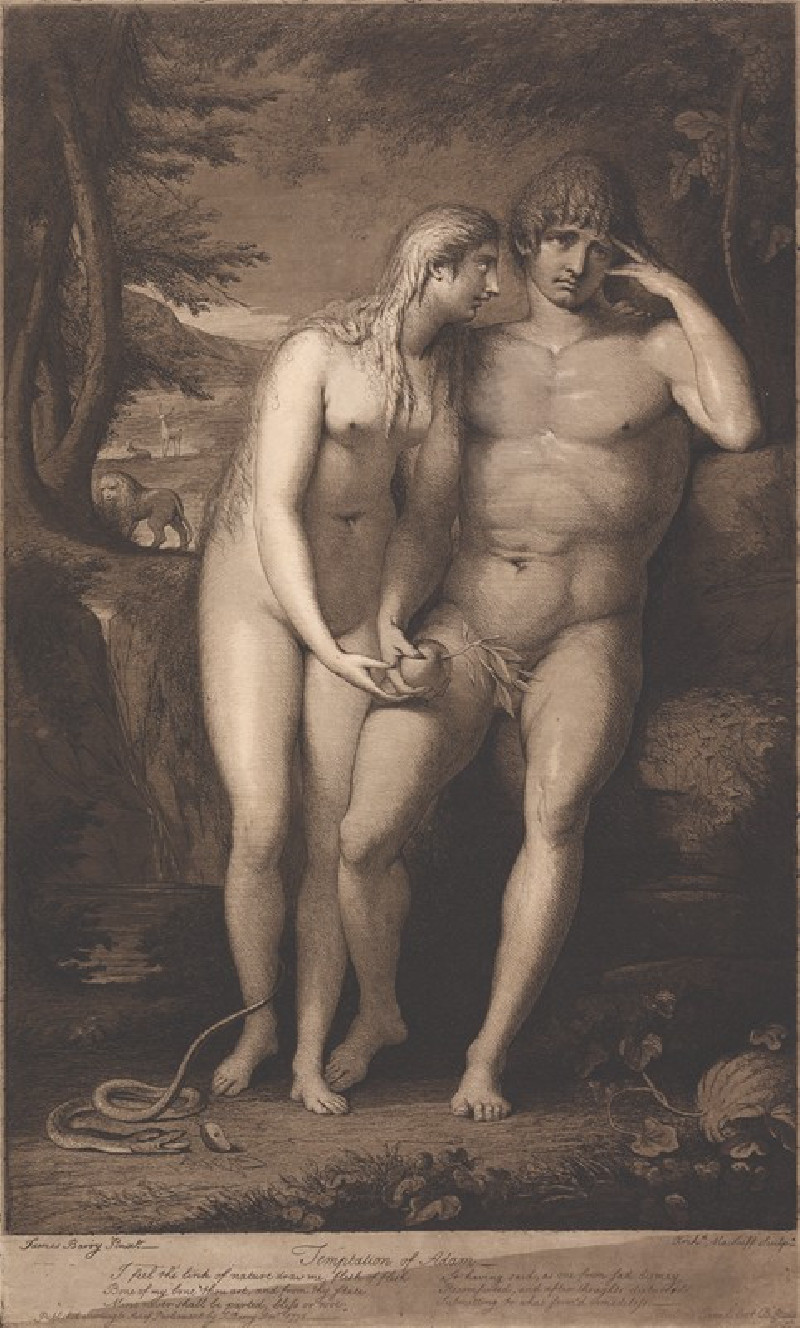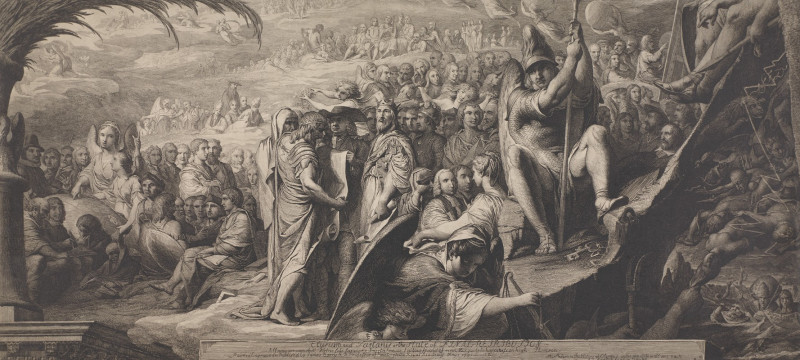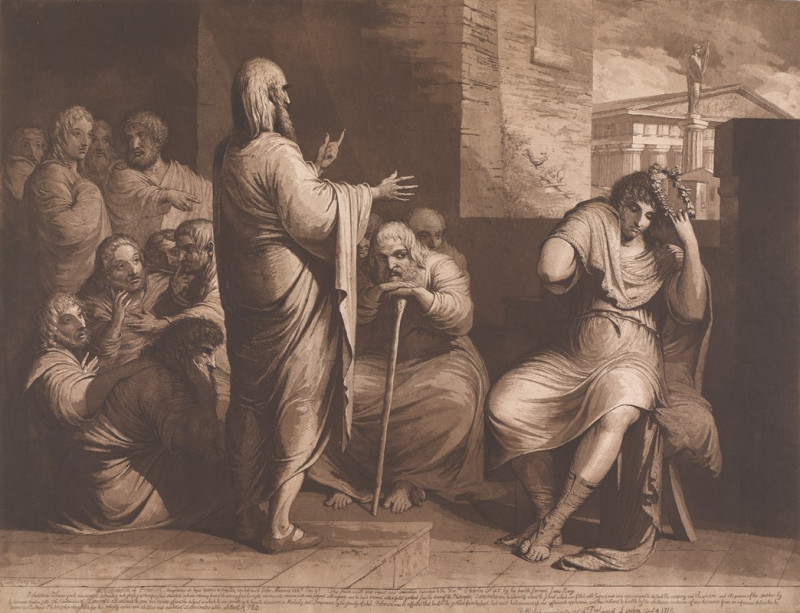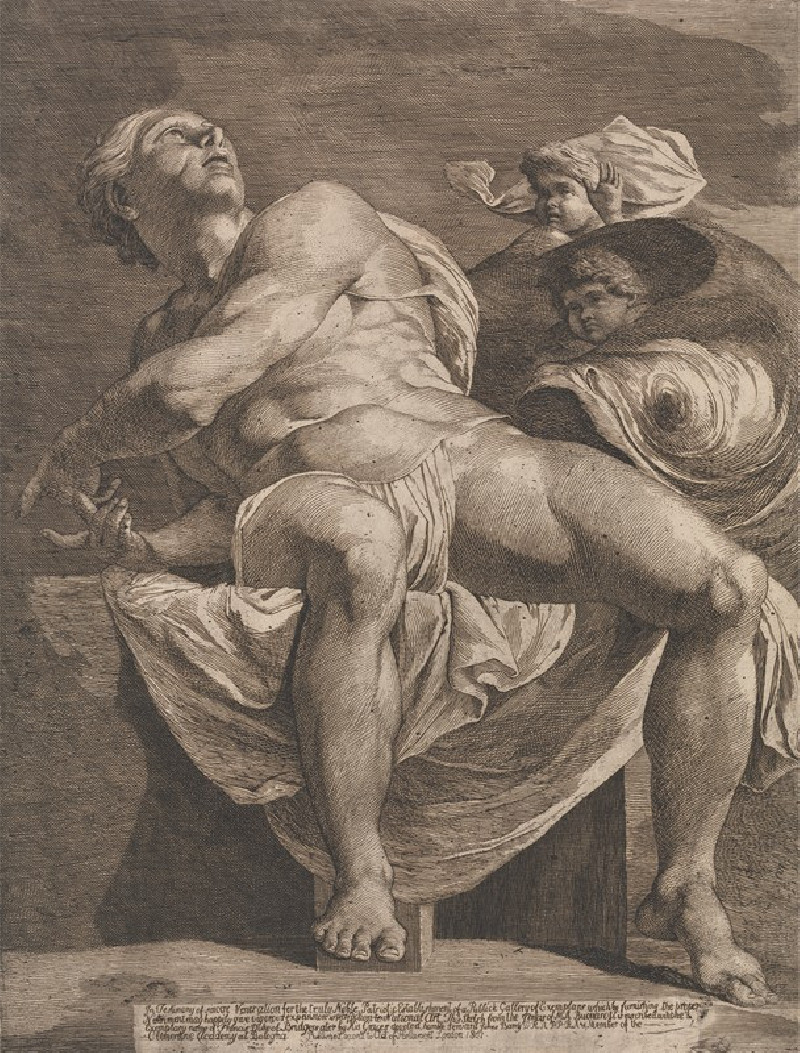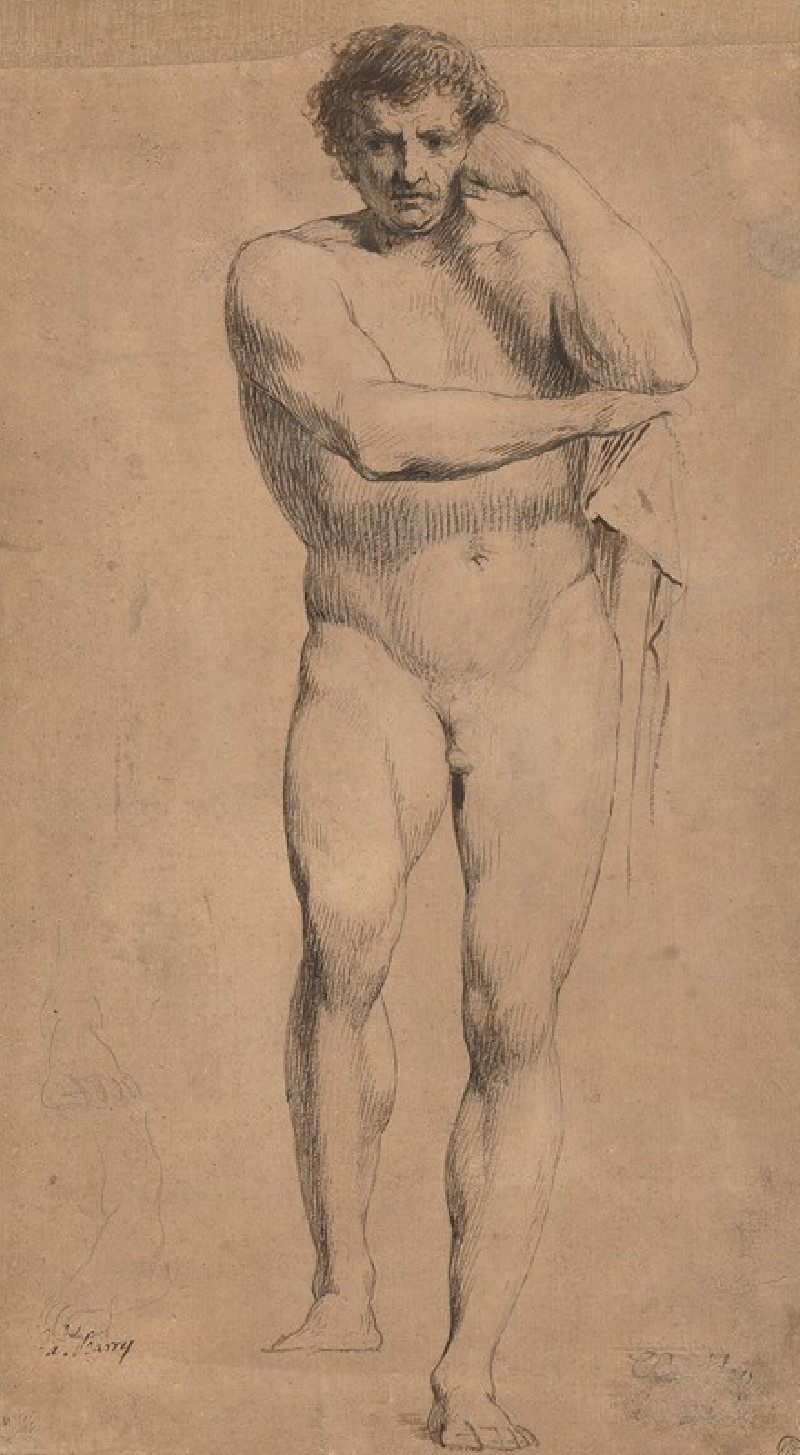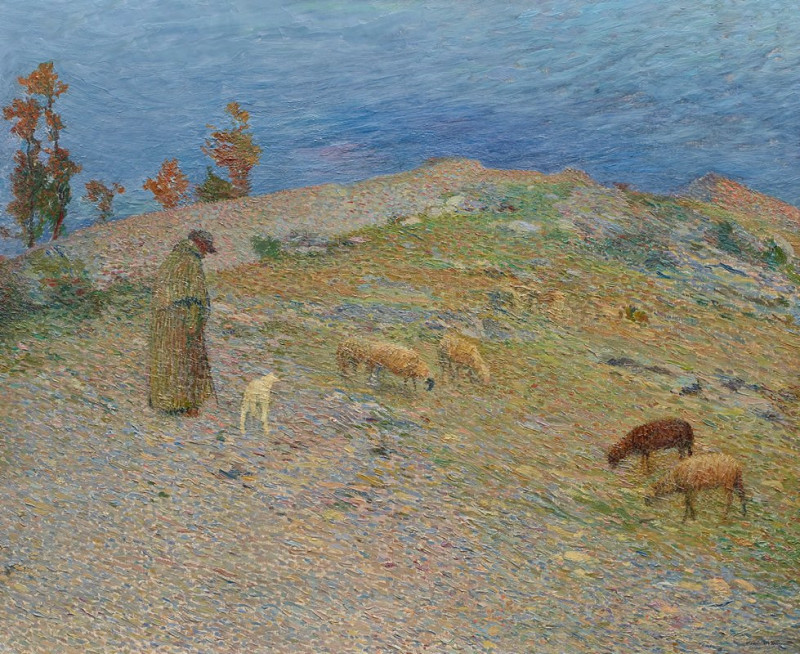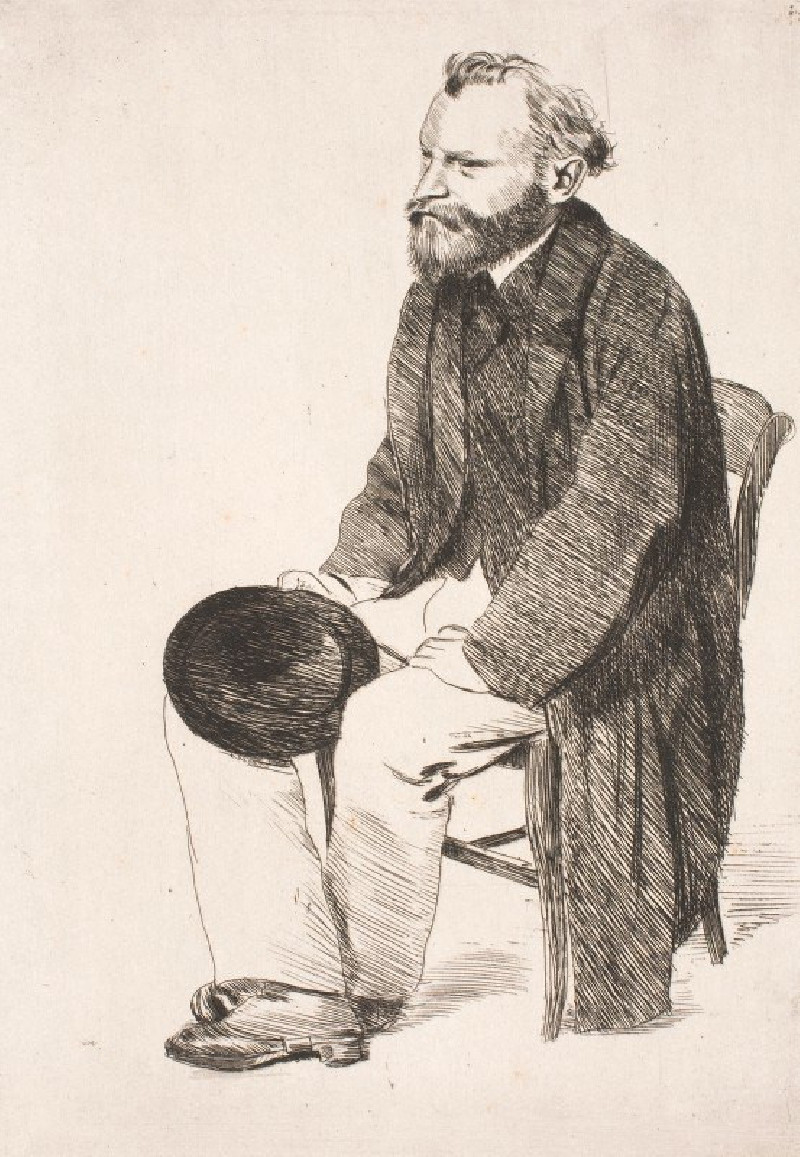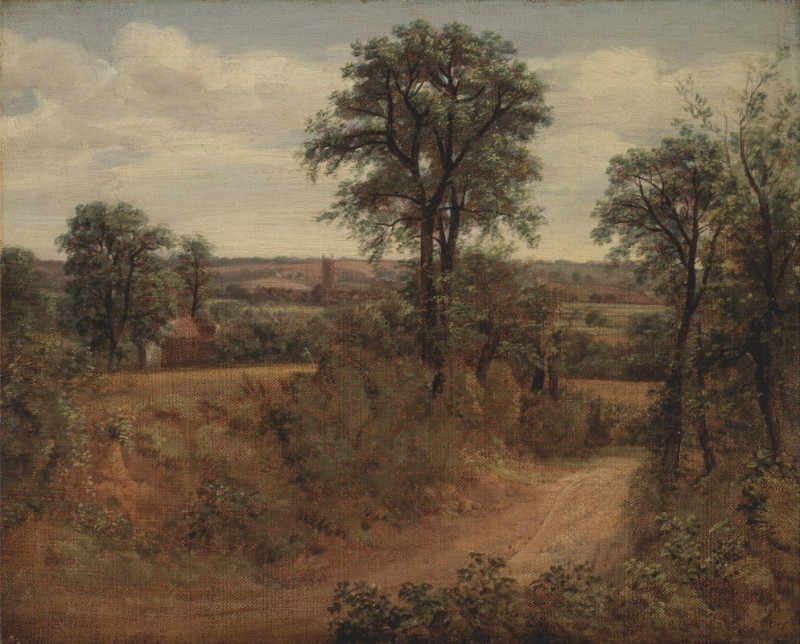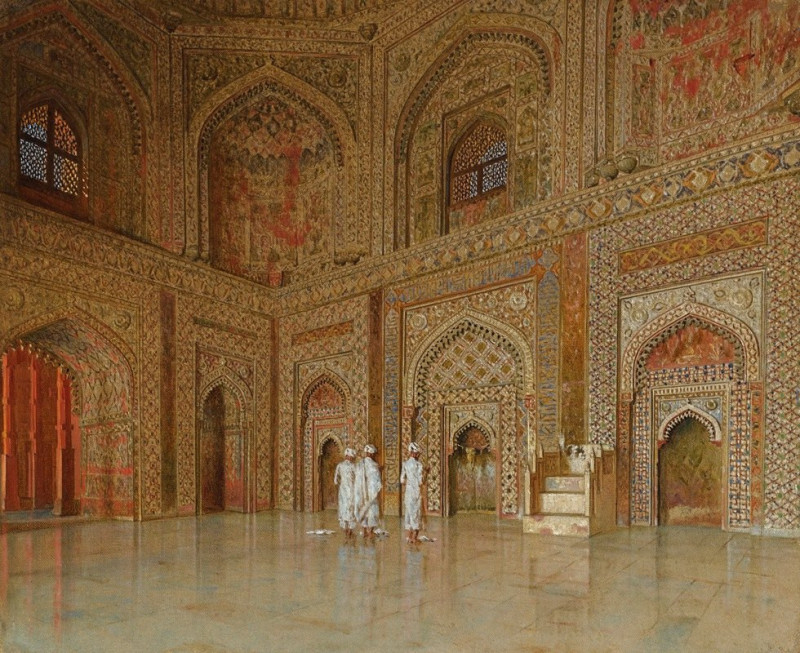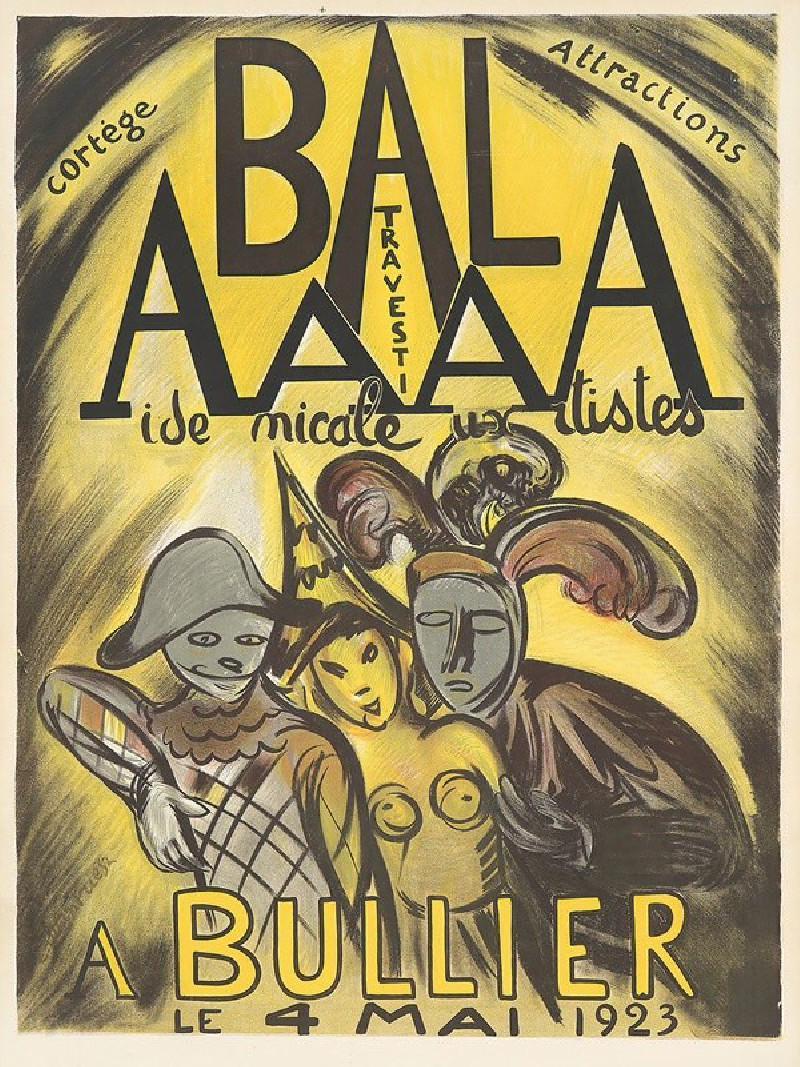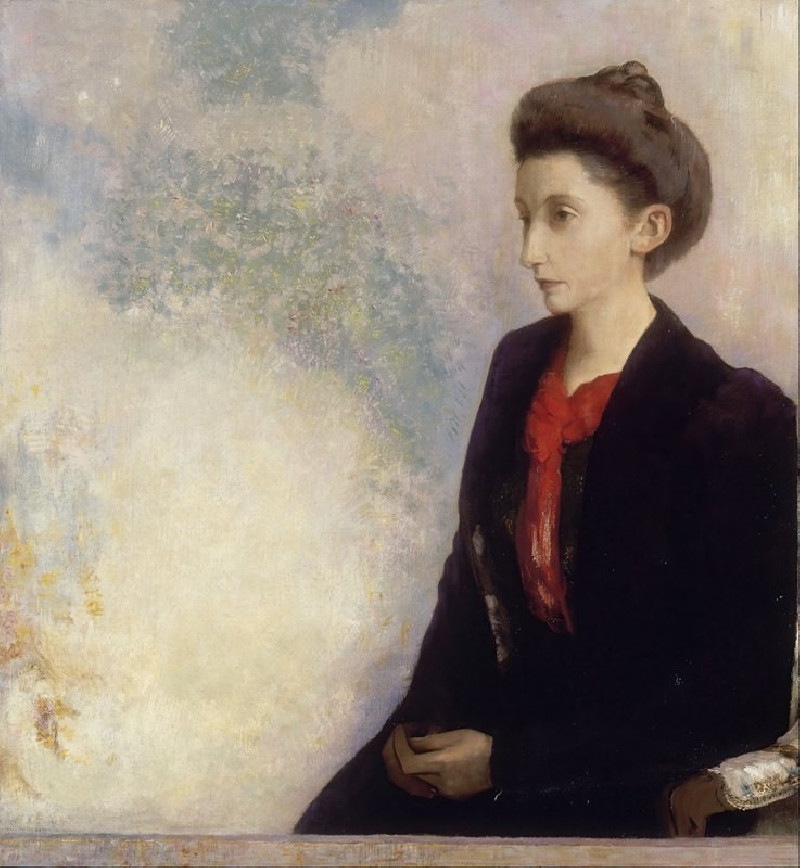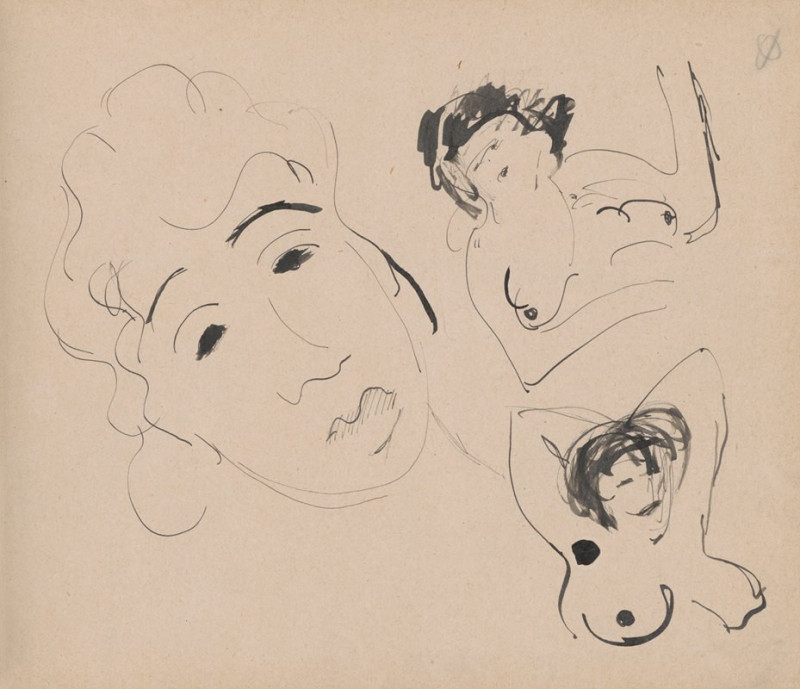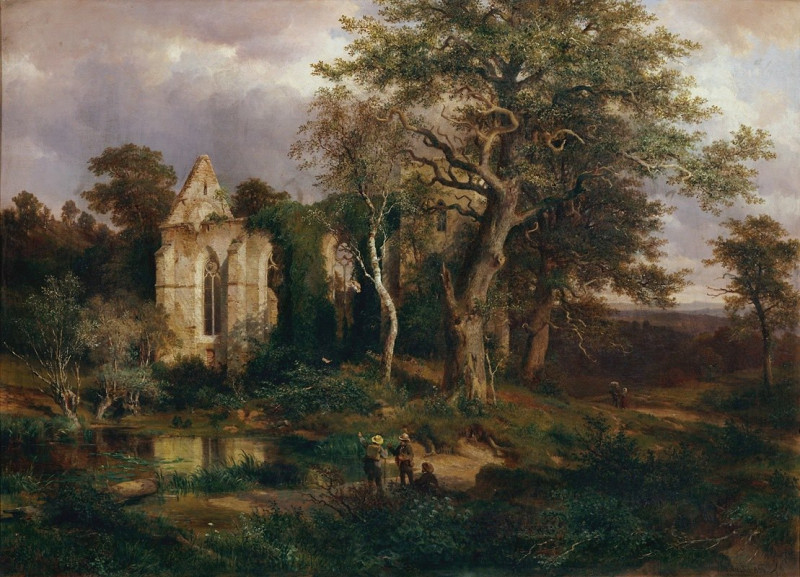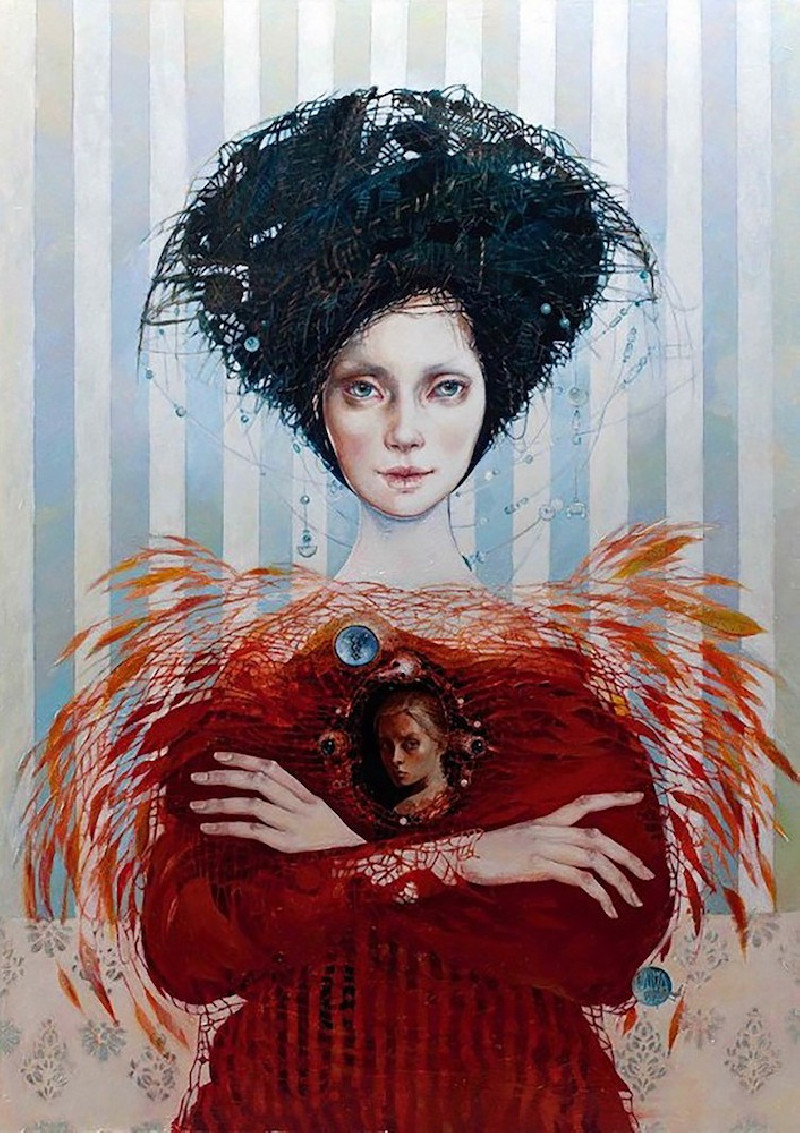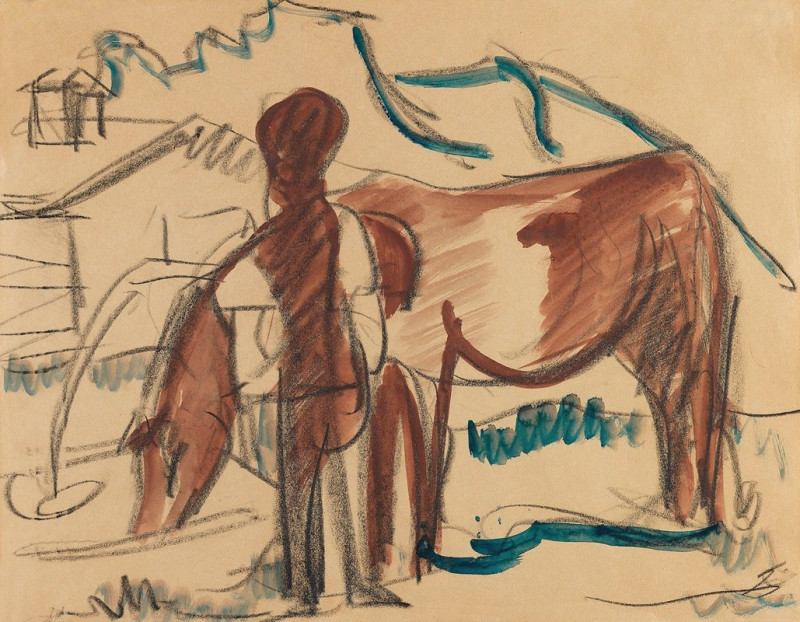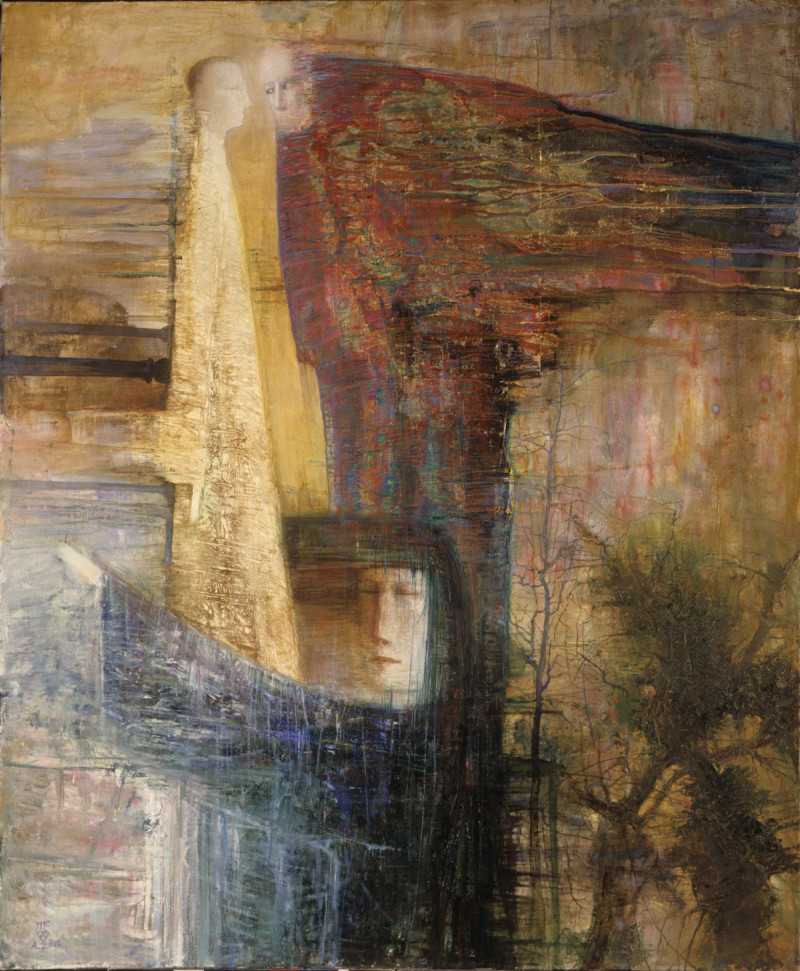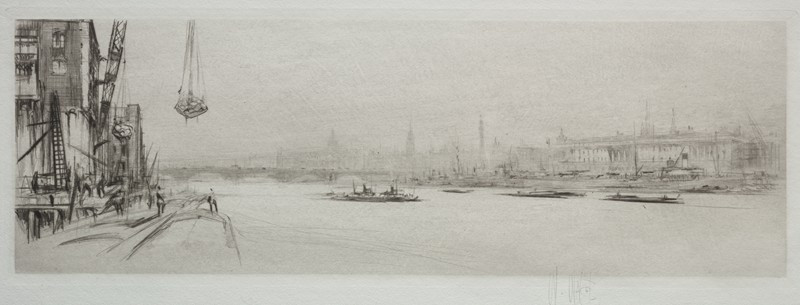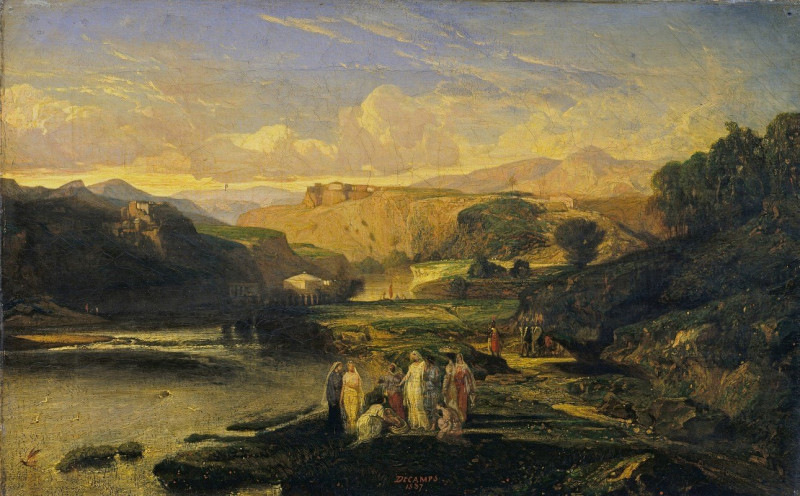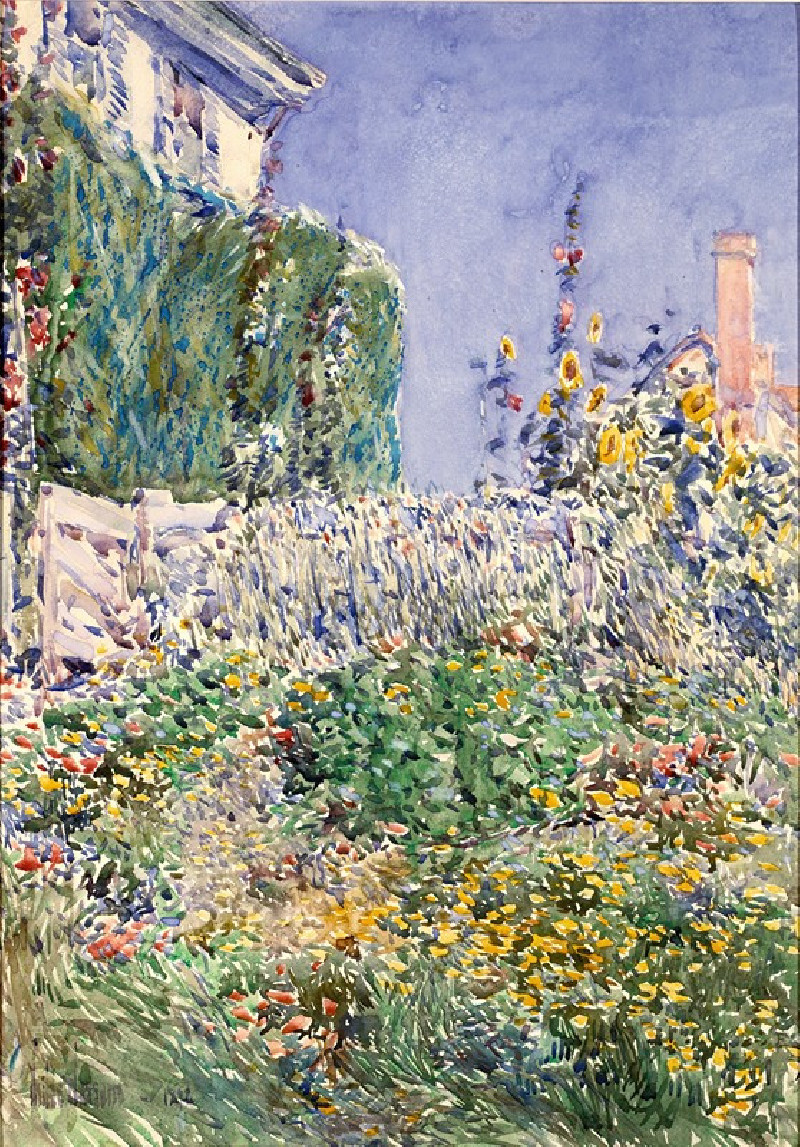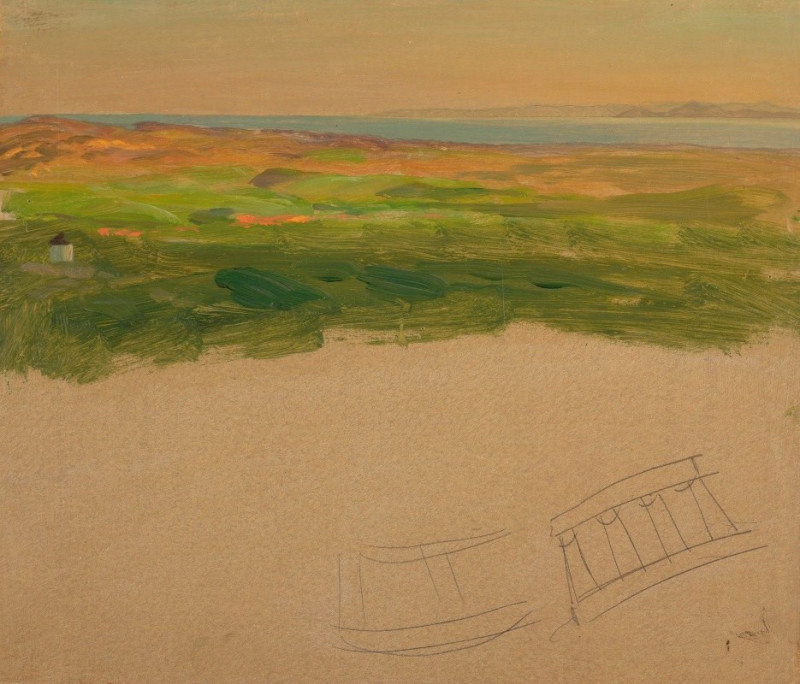King Lear (1776)
Technique: Giclée quality print
Recommended by our customers
More about this artwork
James Barry's 1776 engraving, "King Lear," masterfully captures a pivotal moment from William Shakespeare's tragedy, portraying the depth of King Lear's despair and profound moments of realization. In this evocative scene, the ancient and beleaguered king holds the lifeless body of his beloved daughter, Cordelia, whose loyalty and honesty he tragically misjudged until too late.Barry's artwork is rich in emotion and detail, focusing on the central figure of Lear, whose expression and posture radiate grief and agony. His outstretched hand and upwards gaze convey his appeal to the heavens, perhaps questioning the gods or seeking solace in his overwhelming sorrow. Cordelia is depicted in a graceful, yet tragic pose, reinforcing the innocence and tranquility that remains with her even in death.In the background, shadowy figures—onlookers or perhaps soldiers caught in the historical and familial turmoil—add to the complexity of the scene, suggesting the broader implications of Lear’s actions and decisions that led to such a devastating conclusion. The dramatic contrasts of light and shadow enhance the emotional intensity of this moment, pulling the viewer into the narrative's tragic depth.This engraving not only showcases Barry's skill as an artist but also serves as a poignant reminder of the powerful themes of love, betrayal, and redemption that are woven throughout "King Lear.
Delivery
Returns
James Barry (11 October 1741 – 22 February 1806) was an Irish painter, best remembered for his six-part series of paintings entitled The Progress of Human Culture in the Great Room of the Royal Society of Arts in London. Because of his determination to create art according to his own principles rather than those of his patrons, he is also noted for being one of the earliest romantic painters working in Britain, though as an artist few rated him highly until the fully comprehensive 1983 exhibition at the Tate Gallery led to a reassessment of this "notoriously belligerent personality”, who emerged as one of the most important Irish artists. He was also notable as a profound influence on William Blake.

